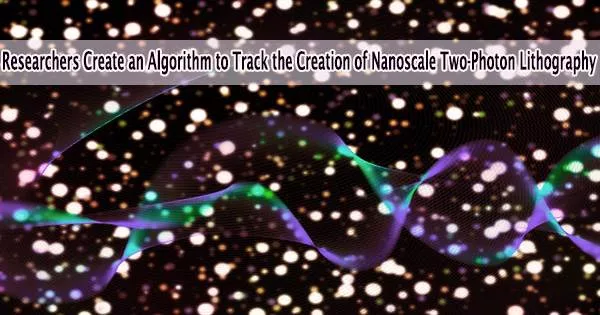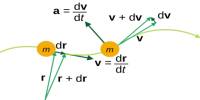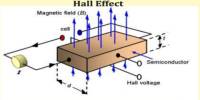A new method of monitoring two-photon lithography nanoscale production may enhance the precision and efficacy of building 3D-engineered tissue scaffolds. Tissue scaffolds produce a 3D environment that is excellent for tissue growth by imitating the natural extracellular matrices present in the body.
Jieliyue Sun, an engineering Ph.D. student from the lab of Kimani Toussaint, Brown University will present this research at the Optica Imaging Congress. The hybrid meeting will take place 14–17 August 2023 in Boston.
“Tissue scaffolds are three-dimensional structures that can support the growth and development of cells or tissues for biomedical applications such as tissue engineering, regenerative medicine and drug testing. Cellular behaviors vary with different scaffold geometries at microscale level,” explained Sun. “It is of our interest to investigate those geometric cues in a precisely controlled manner.”
The non-linear phenomenon known as two-photon absorption is used in two-photon lithography to create 3D objects with feature sizes below the diffraction limit. This fabrication method can be utilized to produce complex, high-resolution 3D microstructures based on computer-aided design (CAD) models, making it well suited for directly writing 3D biomedical scaffolds.
With optimized process parameters, we reproduced the input scaffold model with a high geometric fidelity while also revealing the internal features of the architecture. The experiment showed that the new monitoring and process control method improved the quality and efficiency of nanomanufacturing using two-photon lithography. This work paves the way to high-fidelity synthesis of structured tissue scaffolds.
Jieliyue Sun
But evaluating the accuracy of structures made with two-photon lithography has generally required pricy, challenging microscopy techniques.
The researchers present a brand-new in-situ monitoring strategy that makes use of adaptive background subtraction for layer-by-layer supervision of two-photon lithography manufacturing in the current work. The majority of two-photon lithography systems can easily implement it, and it doesn’t require any changes to the optical system.
The proposed method improves the optical sectioning capability of brightfield microscopy in the axial direction by using a monitoring and process control algorithm. Before manufacturing on each layer starts, background photos are acquired.
The foreground is then subtracted from the adaptable backdrop. This makes it possible to remove the optical contributions from the earlier printed layers, exposing the information on the single layer.
By creating a collection of synthetic fibers with random orientations, the researchers were able to show the monitoring approach and create a structure that was comparable to an arbitrary tissue scaffold. The 3D model was made of 44 sections with a 1-um axial step size.
After image processing and cross-correlation calculation, the algorithm was used to determine a quality parameter (q) that indicates the fidelity of the fabrication process. If the q value is below a certain threshold, an error message is generated.
“With optimized process parameters, we reproduced the input scaffold model with a high geometric fidelity while also revealing the internal features of the architecture. The experiment showed that the new monitoring and process control method improved the quality and efficiency of nanomanufacturing using two-photon lithography. This work paves the way to high-fidelity synthesis of structured tissue scaffolds,” Sun added.
















